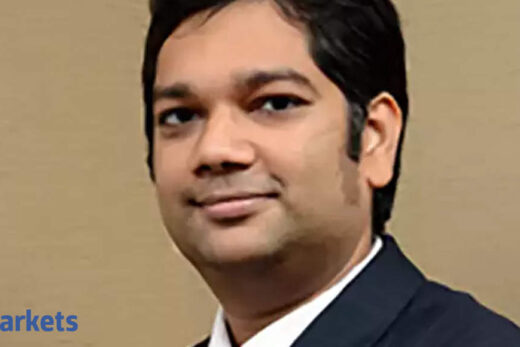The market is climbing a wall of worry but old timers are saying that inflation is the biggest challenge and we must not ignore it. The new-age investors are saying that this time inflation is different and we should look through it. What do you think?
You have raised a very pertinent question. If we look at US Fed, when they get up on left side of the bed, they talk about inflation pressure, the need to tighten money supply and raise interest rates, withdrawing liquidity support and a quasi taper tantrum.
But when they get out on the right side of the bed, they start talking about the need to support growth. They say that this inflation is transient and we will look through it. Clearly, Fed’s dilemma is there for every central banker in the world. On one side, they have to support growth. On the other side, they also have to control inflation.
Things have become confused because governments have given massive stimuli. At one point of time in the US, 42 per cent of unemployed people were getting more money from the government sitting at home than what they would have earned by working at a McDonald’s joint. So this massive stimulus created a demand and obviously it is not permanent. Very soon those stimuli will be withdrawn. The demand will fall off. Supply has been ramped up and then inflation could become transient. Can the opposite scenario work out? It is possible. This is where there is a little bit of confusion in the world as well as in India about inflation.
Fortunately in India, our consumer price inflation component looks reasonably under control. It is the commodities where we have seen pressure. It looks like June has witnessed the top of the some of the agri commodities and industrial commodities. Hopefully, as the stimulus gets withdrawn, the demand will taper off and supply will increase. That will probably cap the price rise.
Should RBI be vigilant about inflation? Undoubtedly, yes. Should they be unduly worried and take such a tight inflationary measure that growth gets affected? The answer is no. Like in the past, they must balance between growth and inflation.
So how do you see the equity market moving? Typically, when inflation comes back it is time to buy cyclicals. If the inflation is transitory, then you go on the other side to buy consumer discretionary, durables and auto stocks.
At this point of time, you have to build a portfolio of (stocks related to) opening up of the economy. Our hypothesis is that with vaccination, the ferociousness of the third wave will be much lower as compared to the second wave. The disruption of economic activities will be much lower.
The corporate profitability growth which we have witnessed since September 2020, with a minor disruption in June quarter, will continue because of a tighter working capital management, cost control and reduction in interest rate liability. There will be a fiscal stimulus this year. The nominal GDP growth is likely to be much higher than the taxation increase in the Budget. Put all these things together, we should see better economic days. Hence, putting up a trade which is related to pro-inflation or opening up of the economy or cyclicals will be more appropriate.
What is the leadership pattern of this bull market? On one side, PSUs have made a comeback. On the other side, Paytm and Zomato are trying to go public.
My feeling is that in this time’s bull run, the leadership is actually with new-age companies which are coming out with IPOs. We have probably seen one of the best run in IPO market where issues are getting subscribed hundreds of times. They are opening up at a reasonable premium to even existing players. So the leadership is definitely with new-age companies and in the IPO market. Is this sustainable? My feeling is that as of today the unlisted equity market or private equity venture capital market is valuing companies at a much higher level compared to listed companies. When they come to the IPO market, we will have to see whether the valuations of listed companies get equalised to unlisted companies. If the leadership of the market has to be with the new-age companies, then we need to see some bridging of gap between private equity venture capital market and the listed market.



